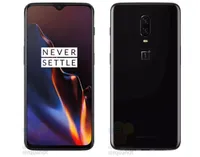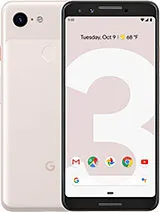OnePlus 6T vs. Pixel 3: Why OnePlus Beats Google at Android
The OnePlus 6T brings Pixel-beating performance to a much lower price range. Here's how it stacks up against Google's flagship and its incredible camera.
Priced at an aggressive $549, the OnePlus 6T combines the best of Android hardware — a top-tier Snapdragon 845 processor with up to 8GB of RAM — with tasteful design, a swift software experience and innovative features, like an in-display fingerprint sensor.
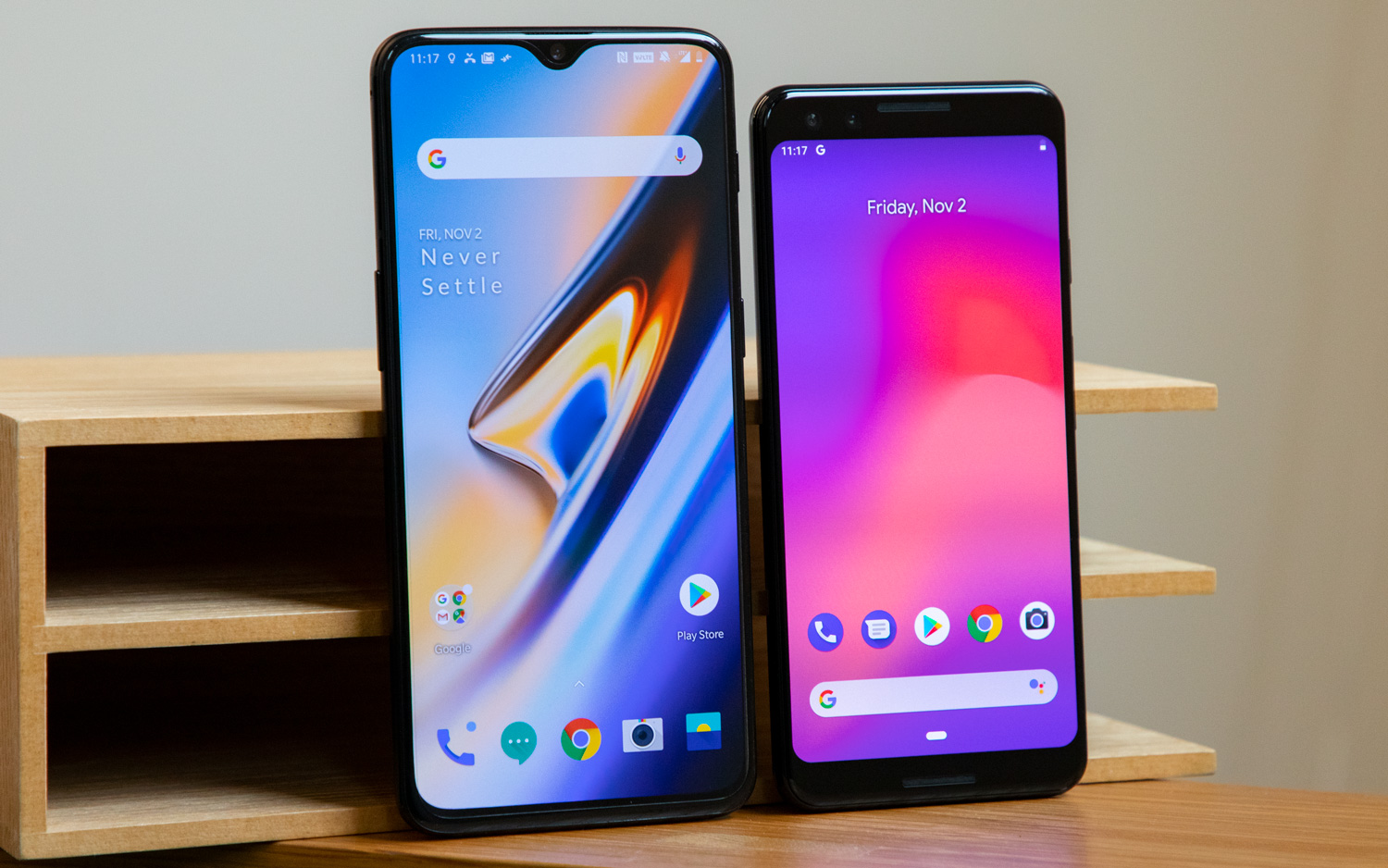
But the Google Pixel 3 ($799) is considered the pinnacle of Android phones, especially when it comes to camera quality. The Pixel 3 also benefits from awesome AI features — including Call Screening via Google Assistant — and a pure Android Pie experience.
Here's how the two phones stack up.
Specs
| Row 0 - Cell 0 | OnePlus 6T | Google Pixel 3 |
| Price | $549/$579/$629 | $799/$899 |
| CPU | Qualcomm Snapdragon 845 | Qualcomm Snapdragon 845 |
| Screen | 6.4-inch AMOLED (2340 x 1080) | 5.5-inch OLED (2160 x 1080) |
| Rear Camera | Dual: 16-MP (ƒ/1.7) 20-MP (ƒ/1.7) | Single: 12.2MP (ƒ/1.8) |
| Front Cameras | Single: 16-MP (ƒ/2.0) | Dual: 8MP wide-angle (ƒ/2.2) and 8MP (ƒ/1.8) |
| Battery | 3,700 mAh with 19.5-watt Dash Charging | 2,915 mAh with 18-watt fast charging and Qi wireless charging up to 10 watts |
| Battery Life | 10:30 | 8:27 |
| Memory | 6GB/8GB | 4GB |
| Storage | 128GB/256GB | 64GB/128GB |
| Water resistance | Not rated | IP68 |
| Software | Android 9 Pie with Oxygen OS | Android 9 Pie |
| Weight | 6.5 ounces | 5.2 ounces |
| Size | 6.2 x 2.9 x 0.3 inches | 5.7 x 2.7 x 0.3 inches |
The OnePlus 6T sports a higher screen-to-body ratio with a very minimal notch and a slight chin. The Pixel 3, on the other hand, features chunkier top and bottom bezels, though they at least serve a purpose, as they house dual front-facing cameras and stereo speakers. (The Pixel 3XL and its combination of larger screen and thinner bezels might compare more favorably here, but again, it costs a lot more than the OnePlus 6T.)

The OnePlus 6T also marks a milestone, as it’s the first smartphone in the U.S. to launch with an in-screen fingerprint sensor. Other phones with this feature, including the Vivo Nex S and Huawei Mate 20 Pro, aren't available on these shores. The tech OnePlus has employed is much better than the frustrating and unreliable early optical readers that hit the market in other parts of the world. The 6T's sensor isn't quite as speedy as conventional ones, but it's very close, and very easy to live with. In fact, it makes the Pixel 3's rear-mounted fingerprint sensor feel antiquated.

Both the OnePlus 6T and the Pixel 3 employ glass on the back, though OnePlus hasn't gotten very creative with the colors this time around — at least at launch. There's only glossy Mirror Black and matte Midnight Black on offer, while the Pixel 3 gets Just Black, Clearly White and Not Pink.

We would have liked to see a little more originality from OnePlus out of the gate, as the company hit it out of the park with the dazzling Silk White OnePlus 6 earlier in the year. That said, the Midnight Black finish lends a premium feel and grippy texture to boring old glass, which is a refreshing change of pace. A portion of the Pixel 3's back opts for a similar etched matte finish, though some have raised concerns about its resistance to scratching.
Get instant access to breaking news, the hottest reviews, great deals and helpful tips.
MORE: Android Tips to Unlock Your Phone's Full Potential
The Pixel 3 can also recharge wirelessly, and is certified IP68 water resistant. OnePlus says the 6T is resistant to water as well, but neglected to certify it for an IP rating. And OnePlus' phone doesn't support wireless charging.
The Pixel 3 is a smartly designed compact handset, and one that's sure to please fans of smaller phones. But between the 6T's minimal notch, in-screen authentication and much roomier screen, it's clear that OnePlus has taken a step toward the future Google simply hasn't yet.
Winner: OnePlus 6T
Display
Both the OnePlus 6T and Pixel 3 offer fantastic OLED panels that compare very favorably against one and another in brightness, accuracy and color range.
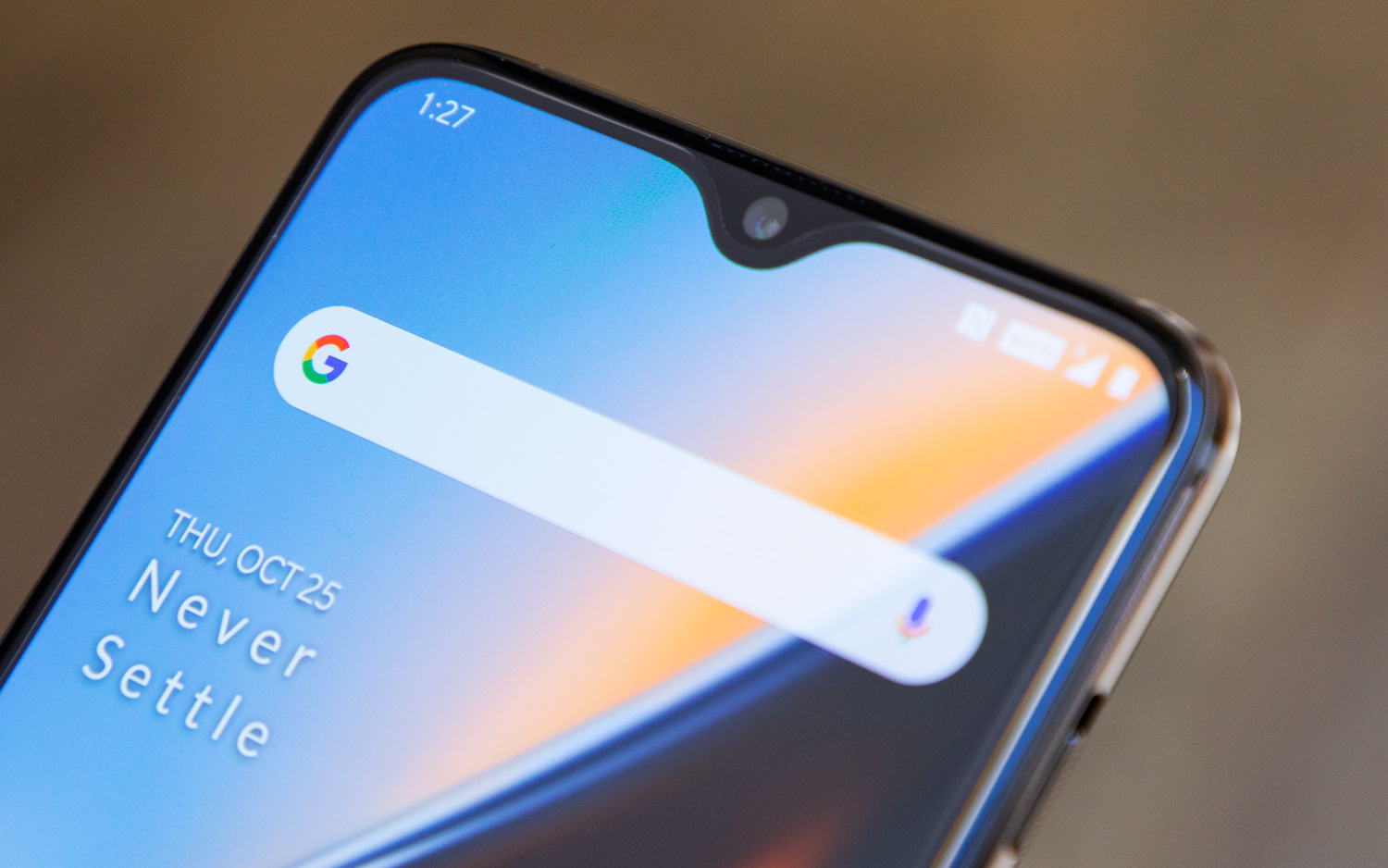
The OnePlus 6T maxed out at 406 nits of brightness on our light meter, while the Pixel 3 hit 401 nits. The OnePlus 6T edged the Pixel 3 in accuracy too, with a Delta-E score of 0.36, compared with 0.44 (numbers closer to zero are better), and represented 222 percent of the sRGB range, compared with 202 percent for the Pixel 3.
The biggest difference between these displays, as you might expect, comes down to size and pixel density. The OnePlus 6T's screen is significantly larger than the Pixel 3's, but has a lesser pixel density, at 401 pixels-per-inch. The Pixel 3 sits around 443 pixels per inch, which will make images look just a bit sharper on Google's handset — though, of course, the tradeoff is a much smaller viewing area that is less immersive for on-screen content.
Winner: Draw
Camera
While OnePlus hasn't upgraded the optics or image sensors in the 6T, it has made some software tweaks to improve low-light photography over what was possible in the OnePlus 6.
That's resulted in a new Night mode that, much like similar modes on the top phones from Huawei and Google, lengthens exposure times for brighter shots in unfavorable conditions. However, the OnePlus 6T uses the same 16- and 20-megapixel rear cameras found in the OnePlus 6: They're good for the money, but not fantastic.
This spooky night scene is a great example of where OnePlus' handset falls short compared with the Pixel 3, even with that new Night mode. The 6T blows out everything and picks up a nasty glare from the lamp in the center of the frame, while the Pixel renders the colors of the inflatable specter with striking clarity.
In standard lighting, though, the OnePlus 6T draws closer to the Pixel 3. The painted wall here pops more through the lens of Google’s flagship, but the Pixel 3 noticeably over-brightens the blue sky.
While the OnePlus 6T often delivers balanced shots with good detail in the shadows as well as the highlights, sometimes that comes at the expense of muted and faded exposures, where everything just seems a bit washed out. That's definitely true with the photo above, which completely loses the shades of red, orange and yellow in the trees' leaves.
The 6T's portraits need some work, too. OnePlus' device has a propensity to brighten and smooth skin tone, like it did here with my colleague Caitlin. The result looks a little too retouched, and I much prefer the way the Pixel 3's bokeh fades gradually from the foreground into the background.
A similar story played out through the 6T's front-facing camera, which delivered a selfie that wasn't as crisp as what the Pixel 3 managed. It also helps that the Pixel 3 has a secondary wide-angle camera that is especially useful for group shots
Winner: Pixel 3
Performance
The Pixel 3 and OnePlus 6T share the same Snapdragon 845 CPU, but OnePlus wins out with the RAM and storage on its phone. The 6T ships with 6GB of RAM and 128GB of storage on its base $549 configuration, a considerable upgrade from the $799 Pixel 3 with 4GB of memory and 64GB of storage.

The Pixel 3 is not a slow phone, but these days it's not unusual to see top-tier flagships launching with 6GB of RAM or more. Given how much Google charges for the Pixel, some extra headroom for background processes and keeping apps in memory certainly wouldn't hurt. Google has optimized Android and the Pixel 3's hardware to accompany each other as well as possible, but there's no replacement for more horsepower, and the OnePlus 6T has got that to a high degree.
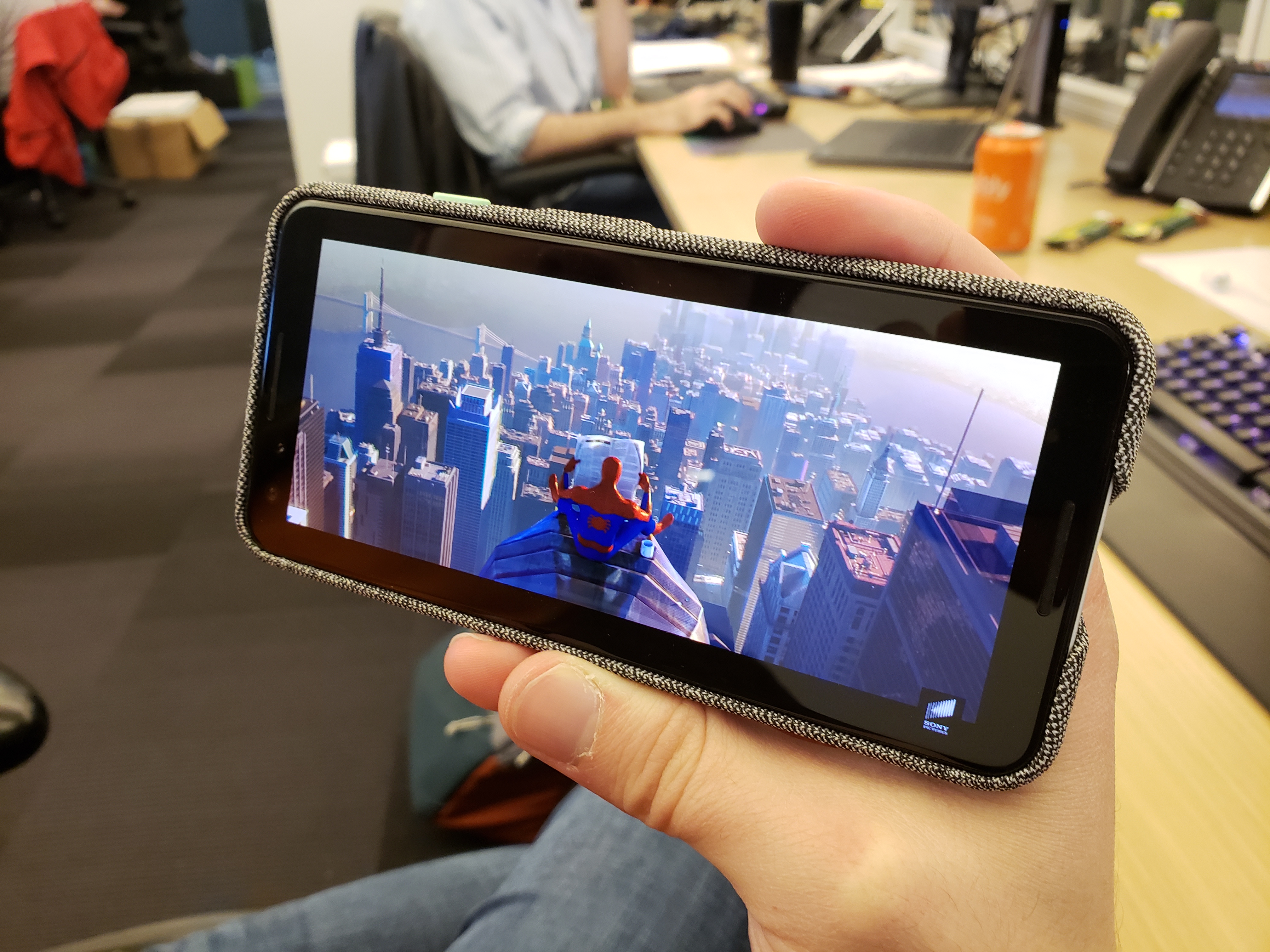
That was evidenced by the OnePlus 6T's performance in Geekbench 4, where the 8GB version of the device outscored the Pixel 3 by about 1,300 points in the multicore portion of the test: 8,972 to 7,684. The 3DMarks SlingShot Extreme OpenGL ES 3.1 graphics benchmark presented similar results that favored the OnePlus: 5,183 to 4,396.
MORE: Razer Phone 2 vs. ROG Phone: Which Gaming Phone Wins?
The Pixel 3 is a fast phone, but the OnePlus 6T is faster. And while the difference might not be noticeable — as both devices are still very fresh — in the long term, getting a handset with 6GB or 8GB of RAM seems like a better way to future-proof your investment, and ensure it's equipped to run future apps and software updates.
Winner: OnePlus 6T
Battery
The OnePlus 6T's 3,700-mAh battery far exceeds the capacity of the 2,916-mAh pack in the Pixel 3. The difference showed in our battery test, where the OnePlus 6T clocked in 10 hours and 30 minutes of continuous website streaming over LTE — approximately 2 hours longer than the Pixel 3 fared.
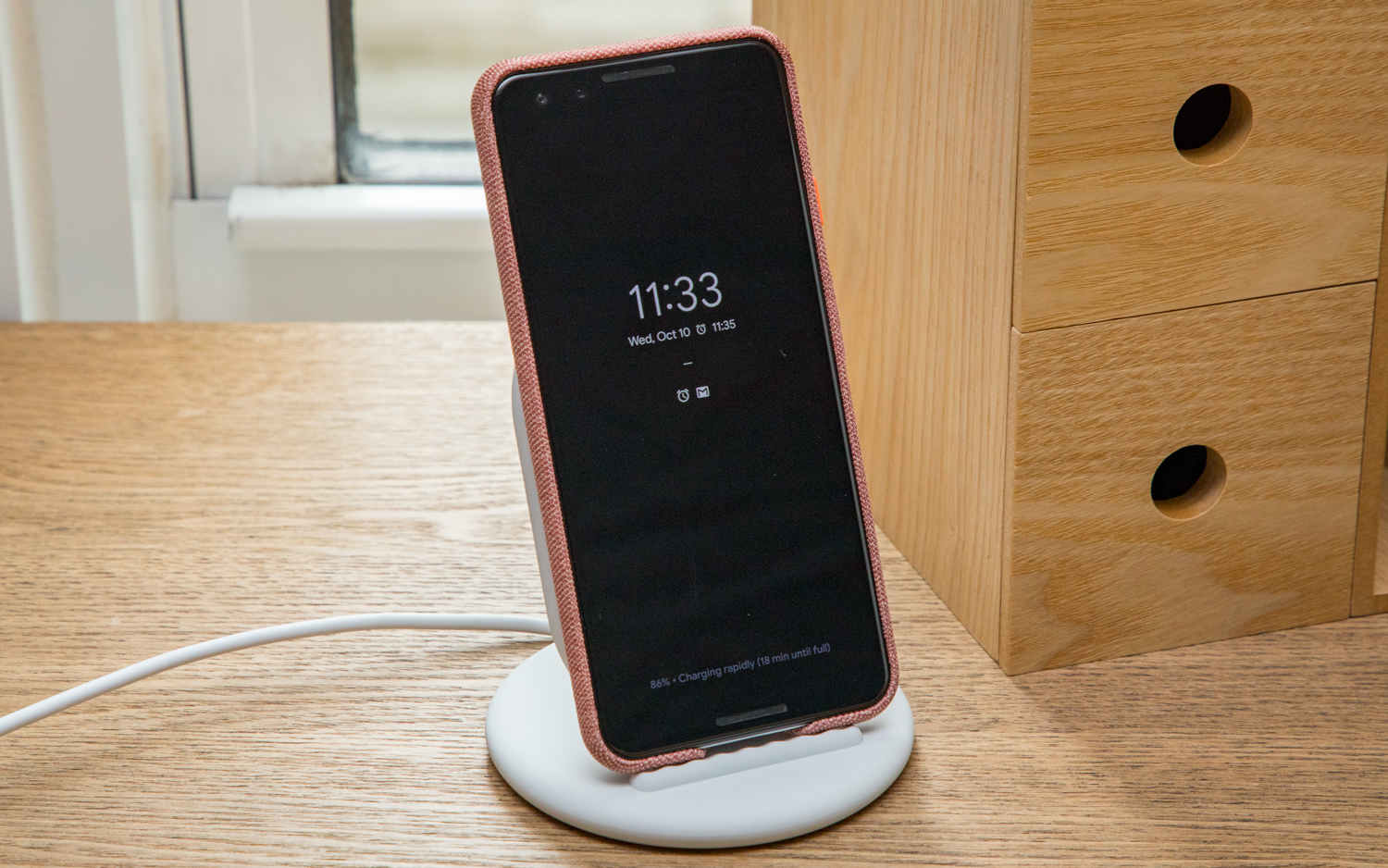
The Pixel 3 still has one small advantage, though: it supports wireless charging. And if you spring for Google's $79 Pixel Stand, the Pixel 3 actually charges more quickly than the wide majority of other wireless fast-charging phones, at 10 watts. When using other third-party chargers, it defaults back to 5 watts. However, Google says that many of those same companies will soon launch 10-watt pads approved to work with the Pixel 3's unique specifications.
Still, longevity trumps everything when it comes to phone batteries, and for that, the OnePlus 6T gets the nod overall.
Winner: OnePlus 6T
Software
Like the Pixel 3, OnePlus' latest handset ships with the newest version of Android preinstalled. However, OnePlus' Oxygen OS skin adds some useful features, like intuitive gesture controls that free up more display real estate than Google's solution in Android 9 Pie. There is also Gaming Mode to block notifications when you're in the heat of battle, and gesture shortcuts for common actions like capturing screenshots and launching apps.
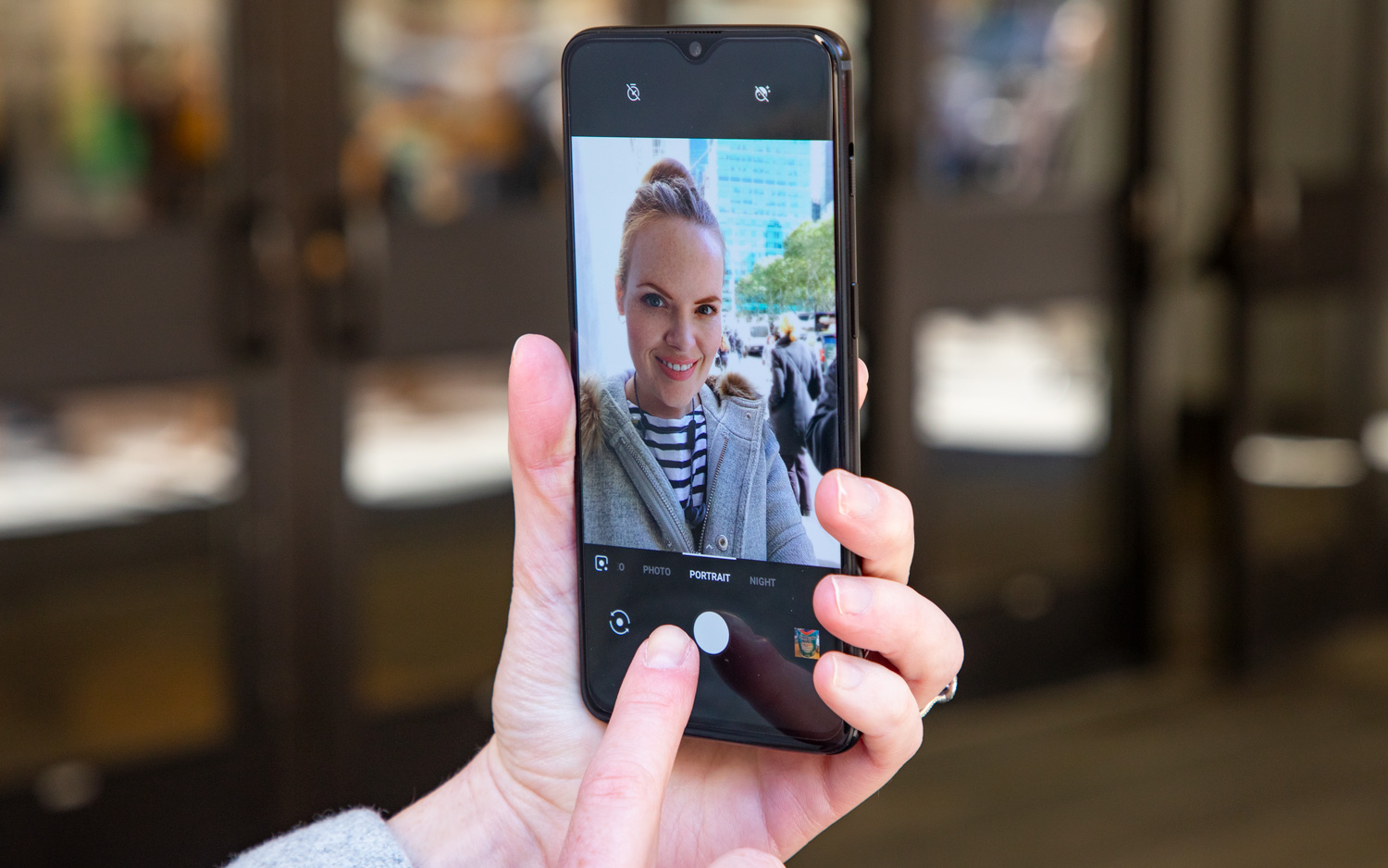
OxygenOS really is the only Android front-end that feels as speedy and easy to use as Google's own. However, the Pixel 3 is guaranteed to receive software updates for a full three years following release (compared with two for the OnePlus 6T), and OnePlus has no answer for the Pixel 3's intuitive Call Screen feature, which uses Google Assistant to stop telemarketers from wasting your time.
Call Screen is the kind of groundbreaking feature with real-world relevance that we wish all phones would have, and it's a big reason why Google stays on top where software is concerned.
Winner: Pixel 3
Price and Availability
It's no contest. One could make the argument that the Pixel 3 is a better phone than the OnePlus 6T. But is it $250 better? That's a much tougher call.
It seems too good to be true, but you can, in fact, nab a 6GB OnePlus 6T for $549. Adding another $30 doubles the storage to 256GB, while the 256GB model with 8GB of RAM costs $629. That's still below the Pixel 3's $799 asking price.
Better yet, the unlocked version sold direct from OnePlus will work on three of the four major carriers (sorry, Sprint). T-Mobile customers can actually buy the 6T through their carrier's retail locations.
The Pixel 3 is available unlocked, too, and can also be taken to many different networks. Among carriers, it is exclusive to Verizon and Google's own Project Fi service. But at $799 for a 64GB model and $899 for 128GB, it doesn't get anywhere near the value OnePlus is delivering.
Winner: OnePlus 6T
Winner: OnePlus 6T
| Row 0 - Cell 0 | OnePlus 6T | Google Pixel 3 |
| Design (10) | 8 | 7 |
| Display (15) | 13 | 13 |
| Cameras (20) | 14 | 20 |
| Performance (10) | 9 | 8 |
| Battery and Charging (20) | 16 | 13 |
| Software (10) | 9 | 10 |
| Value and Availability (15) | 14 | 10 |
| Overall (100) | 83 | 81 |
Credit: Tom's Guide
Adam Ismail is a staff writer at Jalopnik and previously worked on Tom's Guide covering smartphones, car tech and gaming. His love for all things mobile began with the original Motorola Droid; since then he’s owned a variety of Android and iOS-powered handsets, refusing to stay loyal to one platform. His work has also appeared on Digital Trends and GTPlanet. When he’s not fiddling with the latest devices, he’s at an indie pop show, recording a podcast or playing Sega Dreamcast.
-
LouCap Agreed. The 6T should be compared to the Pixel 3 XL based on the screen size. If that were the case, the price disparity between the two would be even greater.Reply -
bobdupuu >>In fact, it makes the Pixel 3's rear-mounted fingerprint sensor feel antiquated.<< Really? from the picture it looks like it takes 2 hands to activate the sensor. Not so with Google's wonderful rear fingerprint sensor. Also, you can't have the cute little notch with dual front-facing cameras and front-facing stereo speakers. I would opt fro more function. The lack of wireless battery charging should tilt the battery category toward the Google 3, since they are close otherwise. In real-world use, is there any discernible difference in performance between the 2 phones, regardless of how much RAM they have? In several categories that difference is price is considered, even though there is a separate category for Value and Availability. For me the camera is the most valuable feature in the phone, and the price difference is well justified based on the camera capabilities of the Google 3.Reply -
GompaStyle @bobdupuu I agree that attacking the rear fingerprint sensor on the back was dumb because the in screen fingerprint reader is new tech and is slower than traditional finger print readers. However 4gb of extra ram is huge for the longevity of the phone; apps will take up more and more memory as the years go by. The screen category should of went to OnePlus because it's bigger and brighter, ppi is almost useless when it's that close. No one stares at there phone from 2 inches away. OnePlus has a good camera, pixel has the best camera. Pixel is awful at video because of the mic. You can't go wrong buying either phone, however OnePlus did a awesome job this year with their phone and I would say wins this time. It's a win win for everyone because it means Google will try harder and make a better phone next year!!Reply
